If you struggle with vision problems such as astigmatism, you’ve likely considered vision correction solutions.
The most common type of vision correction surgery that you’ll come across is LASIK. For over 20 years, LASIK eye surgery has been used to treat farsightedness (hyperopia), nearsightedness (myopia) and astigmatism. Modern LASIK procedures use lasers to create a flap of corneal tissue. Then, a laser is used to gently reshape your cornea. This procedure takes 15 minutes to complete and is painless.
While LASIK can treat various vision problems, not everyone is a candidate for LASIK eye surgery. For example, patients with corneal damage or scarring are not ideal LASIK surgery candidates. Thankfully, there are vision correction solutions you can consider when looking for LASIK alternatives.
Keep reading to learn about Carrot LASIK & Eye Center’s vision correction surgeries to find the ideal LASIK alternatives for your needs.
Best LASIK Alternatives for Vision Correction
SMILE
The first alternative to LASIK is SMILE (small incision lenticule extraction), which is considered a less invasive alternative to LASIK. One similarity between SMILE and LASIK is the use of a laser.
During the LASIK procedure, a laser is used to create a corneal flap, while the SMILE procedure does not. Instead, SMILE uses one laser to shape a lens, called a lenticule, within the cornea. This lenticule is then removed through a small incision, allowing the cornea to take on a new shape.
Is SMILE a LASIK alternative?
SMILE is a common LASIK alternative for individuals in certain professions, like athletes. Because an athlete is at risk of being struck in the eye, they can be at risk of flap displacement. While flap displacement is very rare after LASIK, it doesn’t occur after SMILE because no flap is made.
Another reason that SMILE is an alternative to consider is due to the conditions it treats. Similar to LASIK, SMILE is used to address nearsightedness.
RLE
RLE (refractive lens exchange) is a type of lens refractive surgery. RLE is used to address issues in patients whose vision begins to change due to aging.
The procedure used for RLE is similar to cataract surgery. The RLE surgery procedure begins by removing the natural lens of the eye. This lens is then replaced with an intraocular lens or IOL. Unlike cataract surgery, RLE is removing a clear lens, while cataract surgery removes a cloudy lens.
Is RLE a LASIK alternative?
If a patient is not an ideal candidate for LASIK, RLE may be a possible alternative. There is a wide range of IOLs available that can address various conditions. A patient that has astigmatism but doesn’t qualify for LASIK may benefit from RLE surgery.
Another condition that RLE can help treat as a LASIK alternative is presbyopia. Presbyopia is a condition where the eye’s ability to focus on close-up objects worsens. With RLE, you can improve your eye’s clarity at all distances and minimize issues like glare associated with night driving.
ICL
ICL (implantable collamer lens) is a vision correction solution similar to RLE by inserting a lens into the eye. However, ICL differs from RLE because the implanted lens works with the eye’s natural lens instead of replacing it.
The ICL procedure involves the insertion of an IOL into the eye through a small incision. The ICL is placed between the iris and the natural lens of the eye. This procedure is brief, only taking 15 minutes to complete.
Is ICL a LASIK alternative?
ICL can be an alternative to LASIK eye surgery for patients that don’t qualify for LASIK. Specifically, a patient who doesn’t qualify for LASIK due to thin corneas or dry eyes can benefit from ICL. ICL can address astigmatism in addition to LASIK eye surgery.
PRK
PRK (photorefractive keratectomy) is a laser eye surgery that preceded LASIK. Because modern LASIK is more comfortable than PRK, it is more commonly used than PRK.
During the PRK procedure, a surgeon uses a laser to remove the cornea’s thin top layer. This step takes about 30 seconds to complete. Next, an excimer laser is used to reshape the cornea permanently. In total, PRK takes five to ten minutes per eye to complete.
After surgery, non-prescription contact lenses are placed over each eye to ensure the surgical site remains clean.
Is PRK a LASIK alternative?
PRK is an alternative to LASIK eye surgery that can treat similar conditions. PRK can be used to treat nearsightedness, farsightedness and astigmatism. A patient may consider PRK when addressing these conditions if they are not an ideal LASIK candidate. For example, a patient with thin corneas or dry eyes wouldn’t qualify for LASIK but could still consider PRK.
Discover Better Vision at Carrot LASIK & Eye Center
Finding the appropriate vision correction solution will depend on your unique needs. What is the current health of your eyes? Do you have conditions like astigmatism, nearsightedness or farsightedness?
To answer these questions and find the right vision solution, consult with Carrot LASIK & Eye Center’s skilled ophthalmologists. At Carrot, we use an eye diagnostics exam called advanced ocular analysis or AOA. AOA uses the latest technology to perform a comprehensive examination of your eye’s health. Once this examination is done, our ophthalmologists can recommend the best vision correction surgery that fits your needs.
Ready to improve your vision?
Contact Carrot LASIK & Eye Center today for a consultation that will lead you towards better vision!




